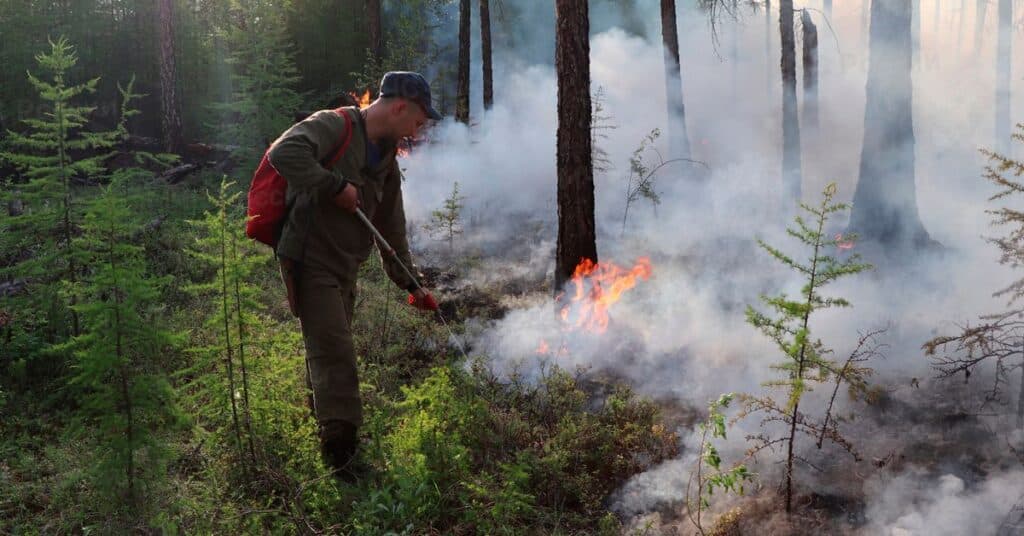Bluefire Wilderness Abuse: Understanding, Prevention, and Recovery
In recent years, the troubling issue of abuse within wilderness therapy programs has gained significant attention. One program, Bluefire Wilderness, has been at the center of multiple allegations of mistreatment, raising concerns about the safety and well-being of participants.
This article aims to shed light on the nature of Bluefire Wilderness abuse, its impact on participants, and the measures needed to prevent such incidents from occurring in the future. Additionally, we will explore the steps necessary for recovery and support for those affected by this traumatic experience.
Recognizing Bluefire Wilderness Abuse

Types of Abuse
Abuse within wilderness therapy programs can take various forms, including physical, emotional, and psychological mistreatment. In the case of Bluefire Wilderness, allegations have surfaced regarding excessive physical restraint, deprivation of basic necessities, and emotional manipulation tactics employed by staff members.
Warning Signs
Identifying the warning signs of abuse is crucial for early intervention and prevention. These signs may include unexplained injuries, sudden changes in behavior or emotional state, withdrawal or avoidance, and reluctance to discuss experiences within the program. It is essential for families and loved ones to remain vigilant and report any concerning observations to the appropriate authorities.
Impact of Abuse on Participants

Psychological Consequences
Abuse within wilderness therapy programs can have severe and long-lasting psychological consequences for participants. Survivors may experience post-traumatic stress disorder (PTSD), anxiety, depression, trust issues, and a general sense of vulnerability. These effects can profoundly impact their overall well-being and ability to form healthy relationships.
Read this Blog: 6 Things You Need to Know About Dr. Aaron Wohl’s Arrest
Trauma and Trust Issues
The abuse experienced at Bluefire Wilderness can lead to deep-rooted trauma and a loss of trust in authority figures and institutions. Participants may struggle to regain a sense of security and may find it challenging to engage in future therapeutic or supportive environments, further compounding their healing process.
Preventive Measures
Regulatory Oversight
Strengthening regulatory oversight and establishing clear guidelines for wilderness therapy programs is crucial in preventing abuse. This includes mandatory background checks for staff members, regular inspections, and robust reporting mechanisms for any suspected instances of mistreatment.
Staff Training and Accountability

Comprehensive training for wilderness therapy staff is essential to ensure they possess the necessary skills and knowledge to interact with participants effectively and ethically. Additionally, establishing clear accountability measures and consequences for any form of abuse can serve as a deterrent and promote a culture of respect and professionalism.
Recovery and Support
Therapeutic Interventions
Survivors of Bluefire Wilderness abuse may benefit from various therapeutic interventions, such as counseling, psychotherapy, and support groups. These interventions can provide a safe space for individuals to process their experiences, develop coping mechanisms, and work towards healing and recovery.
Also read This Blog: Ed Sheeran Details the Lovestruck Jitters in Sweet New Single
Community Support
Building a strong support network is vital for survivors of abuse. Connecting with others who have undergone similar experiences can foster a sense of understanding and validation, helping individuals feel less isolated and more empowered in their journey towards recovery.
FAQs (Frequently Asked Questions)
What is Bluefire Wilderness?
Bluefire Wilderness is a wilderness therapy program that has been the subject of multiple allegations of abuse, including physical, emotional, and psychological mistreatment of participants.
What types of abuse have been reported at Bluefire Wilderness?
Allegations of abuse at Bluefire Wilderness include excessive physical restraint, deprivation of basic necessities, emotional manipulation tactics, and other forms of mistreatment by staff members.
What are the potential long-term effects of abuse on participants?
Survivors of abuse within wilderness therapy programs like Bluefire Wilderness may experience severe psychological consequences, including post-traumatic stress disorder (PTSD), anxiety, depression, trust issues, and a general sense of vulnerability.
What preventive measures can be taken to address abuse in wilderness therapy programs?
Preventive measures include strengthening regulatory oversight, establishing clear guidelines and mandatory background checks for staff members, regular inspections, robust reporting mechanisms, comprehensive staff training, and establishing clear accountability measures for any form of abuse.
What resources are available for survivors of Bluefire Wilderness abuse?
Survivors of Bluefire Wilderness abuse may benefit from therapeutic interventions such as counseling, psychotherapy, and support groups. Additionally, building a strong support network and connecting with others who have undergone similar experiences can aid in the recovery process.
Conclusion
The allegations of abuse at Bluefire Wilderness have brought to light the need for comprehensive measures to ensure the safety and well-being of participants in wilderness therapy programs. While these programs can be beneficial for some individuals, the risk of mistreatment and trauma is unacceptable.
By strengthening regulatory oversight, implementing robust staff training and accountability measures, and providing access to appropriate therapeutic interventions and support services, we can work towards preventing such incidents from occurring in the future and supporting the recovery of survivors.
Ultimately, the Bluefire Wilderness scandal serves as a wake-up call for the entire wilderness therapy industry. It is imperative that all stakeholders – program providers, regulators, and families – prioritize the safety and well-being of participants above all else. Only through a concerted effort and a commitment to ethical practices can we restore trust and ensure that wilderness therapy programs truly serve their intended purpose of healing and personal growth.

Amara Rosewood, with 8 years of expertise in bracelet design, is the creative force behind BraceletsWare. Her passion and skill converge in each piece, crafting timeless accessories that redefine style.







